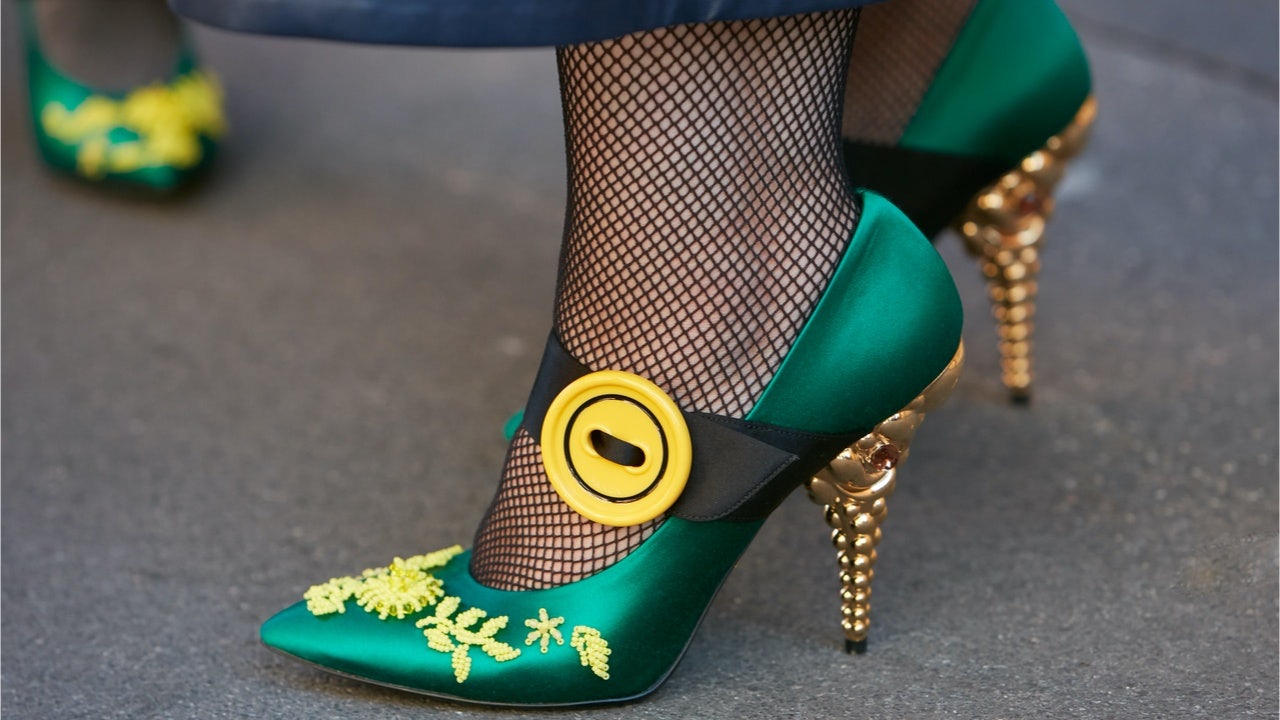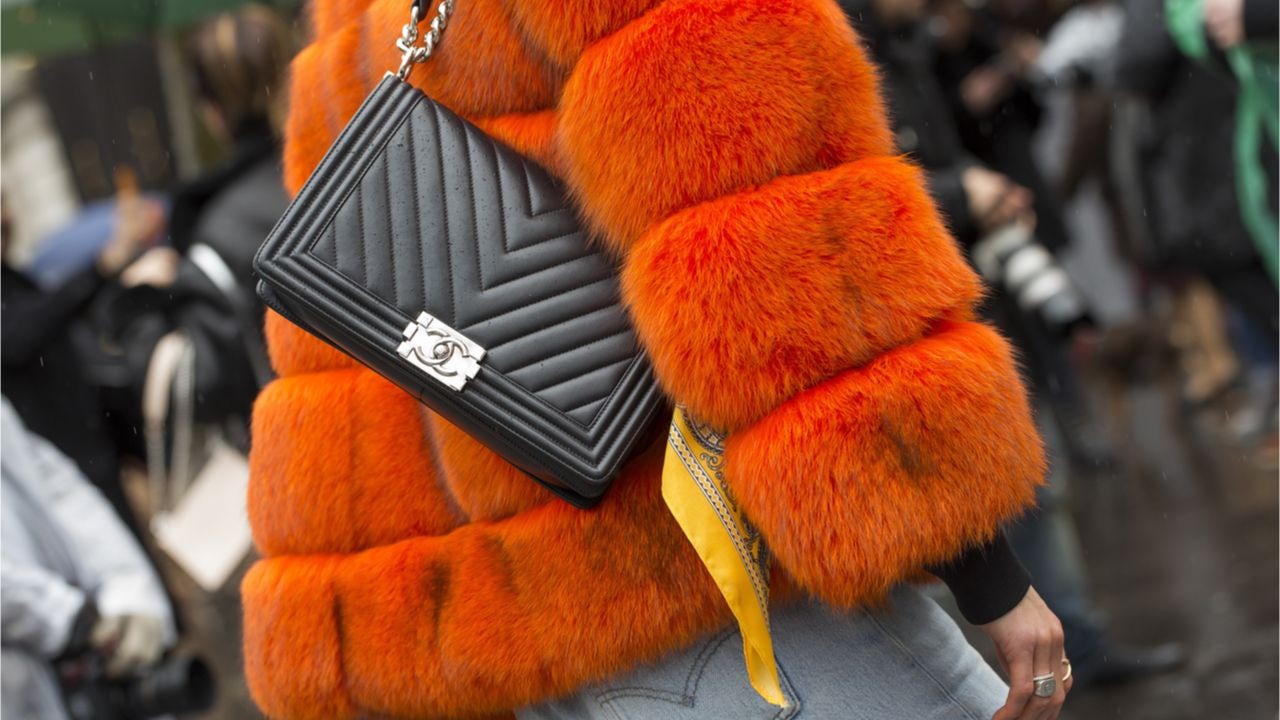Traditional luxury spaces like grand hotels, Michelin-star restaurants, and luxury brand stores were always designed to impress people. They looked like holy temples, and while they were gorgeous, many consumers found them rather intimidating. But now — and over the next decade — luxury brands will have to radically rethink this approach. A lot of millennials already feel uncomfortable with the old luxury experience, and, not coincidentally, many traditional brands are having a hard time connecting with this generation, which currently accounts for around 45 percent of the global luxury market and roughly 70 percent of China’s luxury market.
And while some brands are still struggling to reach today’s most valuable consumers, hardly any of them are prepared for the next generation: Generation Z (consumers who are currently 20-years-old and younger). This is concerning because, in ten years, Gen Z will become the most important consumer group for luxury brands worldwide. Not being prepared for them can shift a brand’s presence from influencer or innovator to follower in a heartbeat. And in luxury, a brand can’t create value if it’s a follower. Not being able to create value is deadly, and many luxury brands dramatically underestimate the negative impact of losing their influencer status.
For Gen Zers, value is created through social currency and memorable experiences. The best brands create FOMO (fear of missing out) to tap into this important generational struggle: a quest for the hippest products and services. But experiences are connected to a point in time, and what was relevant yesterday isn’t relevant tomorrow. Today’s youngest consumers want to experience what’s most relevant, and they don't want to wait until it’s irrelevant. They have extremely high expectations.
When experiences start mattering more, expectations for a luxury retail location — be it physical or digital — shift from a “temple” to a “home.” Consumers want the ultimate luxury experience, but with their busy schedules, they don’t want to expend the effort for it anymore. “Effort” can mean different things to different people — there’s no one size fits all. But effortlessness is a new expression of luxury, and some brands have already tapped into this trend.
Most brands today, even at the highest level, don't empower or train their staff enough to enable great customer experiences.
On Carbon Beach in Malibu —one of the most expensive places in the world — a hotel called the Malibu Beach Inn opened two years ago which the General Manager, Gregory Day, describes as “barefoot luxury.” It’s an expression that perfectly describes the luxury of effortlessness. At this hotel, people in beachwear mix and mingle with people in suits in a beautiful and relaxed setting. It provides an effortless experience where everyone can be the way they want to be and experience luxury and comfort at the highest level. There is no pressure or feelings of intimidation.
Everything about the hotel, including its restaurant, is second-to-none, yet the setting is welcoming, warm, and personal like a ”second home” rather than intimidating. The staff attempts to fulfill every wish a guest might have. Most times, luxury brands’ staff answer their clients with ”no,” ”we don't have it,” ”this is not possible,” and ”I have to talk to my manager.” — even when dealing with the most renowned luxury brands in the world. Many of us have these experiences regularly, and it is the opposite of the “barefoot luxury” concept.
One young consumer spoke to me about her experience with Tiffany’s, the jewelry retailer that was just acquired by LVMH. When I asked her about her experience, the most memorable aspect was that she had to pay for her jewelry to be cleaned and polished. That was her first association, not the effortlessness, service, quality, romance, or even luxury. Her first thought was about having to pay for a service that many jewelry stores offer for free. This young millennial viewpoint should be alarming to brands that still incorporate traditional luxury models.
Brands everywhere will have to adjust. The stores of the future will need to be much more welcoming than they are today. Sales staff will have to be trained in the art of saying ”yes.” This sounds simple, but it is a radical departure from tradition. Most brands today, even at the highest level, don't empower or train their staff enough to enable great customer experiences. Ten years ago, they could get away with it. Tomorrow those brands will be gone. Training a luxury brand staff is one of the most important ways to create a luxury experience.
When it comes to China, most brands still see it as the big market they need to conquer, but very few brands have a dedicated China strategy, and even fewer understand what those consumers really want. But China is a periscope into the future. It’s currently the youngest luxury market: Less than 13 percent of all luxury goods in China are bought by consumers above 40. Gen Zers are already much more important there than in other markets, and having the ability to deliver effortless luxury to them is a precondition to success.
To do this, a brand’s equity must be precisely defined. This includes brand positioning, storytelling, and the delivery system. Why? Because simply saying ”we expect you to deliver world-class service” to your salespeople or service representatives isn’t enough. Those point people need to understand the brand and their role in perfectly delivering the brand’s story to customers.
Consumer-centric business model planning is indispensable for China today and everywhere else in the future. Using AI to measure consumer insights and sentiment in real-time is critical. Without it, any efforts to anticipate consumer trends are imprecise and too slow. Today, market research that is a month old is already useless.
Barefoot luxury — the art of effortless personal service delivery — is already important. Tomorrow, it will be critical in defining a brand’s success and failure. We are living in the most exciting time for luxury. Markets have never been this disrupted, and change has never come this quickly. Consumer preferences are changing dramatically, and the rate of acceleration is speeding up. Brands don't only need to change, they need to anticipate future changes.
Daniel Langer is CEO of the luxury, lifestyle and consumer brand strategy firm Équité, and the professor of luxury strategy and extreme value creation at Pepperdine University in Malibu, California. He consults some of the leading luxury brands in the world, is the author of several luxury management books, a global keynote speaker, and holds luxury masterclasses in Europe, the USA, and Asia. Follow @drlanger


